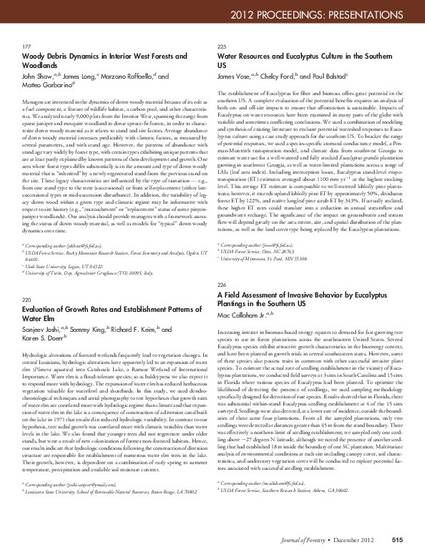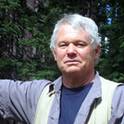
Article
Woody debris dynamics in Interior West forests and woodlands
Journal of Forestry
(2012)
Abstract
Managers are interested in the dynamics of down woody material because of its role as a fuel component, a feature of wildlife habitat, a carbon pool, and other characteristics. We analyzed nearly 9,000 plots from the Interior West, spanning the range from sparse juniper and mesquite woodland to dense spruce-fir forests, in order to characterize down woody material as it relates to stand and site factors. Average abundance of down woody material increases predictably with climatic factors, as measured by several parameters, and with stand age. However, the patterns of abundance with stand age vary widely by forest type, with certain types exhibiting unique patterns that are at least partly explained by known patterns of their development and growth. One area where forest types differ substantially is in the amount and type of down woody material that is "inherited" by a newly regenerated stand from the previous stand on the site. These legacy characteristics are influenced by the type of transition - e.g., from one stand type to the next (successional) or from self-replacement (either late-successional types or mid-succession disturbance). In addition, the variability of legacy down wood within a given type and climatic regime may be informative with respect to site history (e.g., "encroachment" or "replacement" status of some pinyon-juniper woodlands). Our analysis should provide managers with a framework assessing the status of down woody material, as well as models for "typical" down woody dynamics over time.
Keywords
- down woody material
Disciplines
Publication Date
2012
Citation Information
James N. Long. "Woody debris dynamics in Interior West forests and woodlands" Journal of Forestry Vol. 110 Iss. 8 (2012) p. 515 Available at: http://works.bepress.com/jameslong/148/
